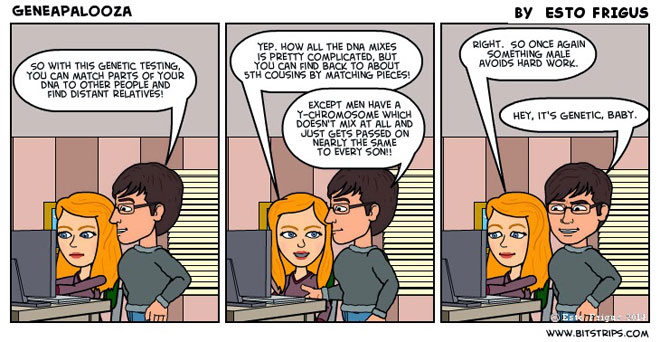My family’s eyes glazed over when I mentioned enthusiastically at Thanksgiving dinner that I was reading a great book about the history of doing family history. So I did not go on to tell them all the ways The Invisible History of the Human Race: How DNA and History Shape Our Identities and Our Futures
by Christine Kenneally discusses how DNA, family history, and culture affect who we are.
I was fascinated by the discussion of the cultural lack of trust even today in some West African countries where selling people off to slavery was a possibility a few hundred years back. Or the silence about the past in Tasmania where almost all the founding population was made up of convicts. Or the genetic research into who the Melungeons really were.
This book wanders over many family history, DNA, and related topics but it does it so very well. She starts with discoveries about her own family and moves out from there.
Like many books that I find enjoyable, I read it far too fast (in three days) so now I am going back through it more slowly.
A great Christmas gift for the genealogist in your family.



